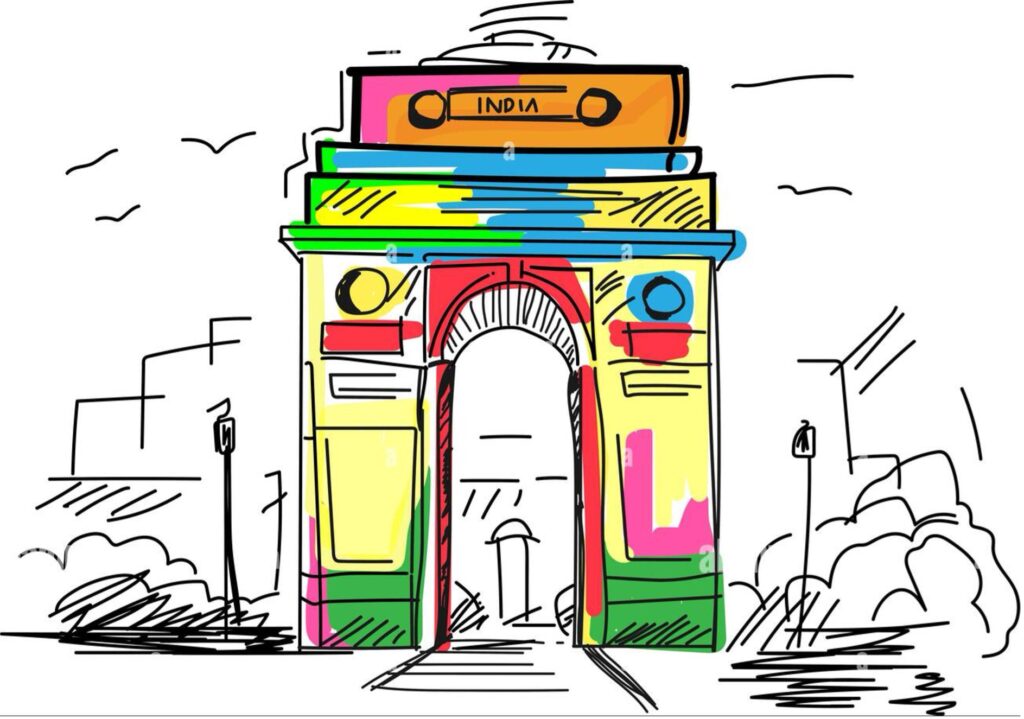The Great Indian Paint-Off: Conglomerates vs. the Incumbents
For decades, India’s ₹80,000-crore paint industry was a textbook example of stable oligopoly—few players, high margins, and predictable growth. But 2024 and beyond are beginning to tell a very different story. A sector long dominated by Asian Paints, now finds itself in the throes of disruption, as new-age conglomerates—from Birla Opus to JSW Paints and Pidilite—mount full-scale assaults on the industry’s market share, cost structures, and customer relationships.
With Asian Paints commanding a 59% market share and a formidable distribution fortress of 75,000+ tinting machines, the entry barriers for any challenger have historically been immense. Yet the tectonic plates are shifting.
Disruption Backed by Capital and Strategy

The most potent tremor came from the Aditya Birla Group, which entered the paint market with a ₹10,000 crore upfront investment—perhaps the most aggressive industry entry globally. This is not just capital deployment; it’s capacity creation. The investment alone will increase India’s paint manufacturing capacity by 40% in just three years.
Birla Opus is not the only insurgent. JSW Paints has gained attention by offering simplified pricing (“Any Colour One Price”), while Pidilite, leveraging its leadership from ex-Asian Paints veterans, is building synergies across construction chemicals and coatings. What these strategies share is a common goal: capture dealer mindshare, customer trust, and long-term loyalty.
Economics of Colour: Understanding the Cost Stack
At its core, paint manufacturing is a commodity business with service overlays. About 50–60% of a paint company’s cost base comes from raw materials—primarily Titanium Dioxide and crude oil derivatives—both of which are import-dependent and vulnerable to global supply shocks. South Korea’s recent local disruptions, for instance, pose a potential squeeze on Indian paint margins.
This cost vulnerability has prompted companies to shift toward water-based formulations, partly to delink from oil and partly to appeal to sustainability-conscious consumers. However, cost optimization remains constrained. So, paint companies increasingly look to revenue maximization via distribution strength, innovative formulations, and brand pull.
The Moat: Distribution and Tinting Tech
In paint, distribution is destiny. The 1970s invention of tinting machines revolutionized supply chains—allowing dealers to mix 2,000+ shades in real time using just a few base paints and colorants. Companies now use this infrastructure to create sticky ecosystems with dealers, making channel loyalty harder to break. With limited shelf space, a dealer usually hosts no more than 2–3 tinting machines, essentially locking them into long-term brand alignment.
New players like Birla are giving away compact tinting machines for free—essentially “buying” their way into dealer shelves, and from there, into customer living rooms.
Why Now? The Macroeconomic Tailwinds
India’s paint industry has grown at a CAGR of 11–13% over the past two decades, outpacing even the country’s GDP growth. This is no fluke. Paint consumption correlates strongly with urbanization, disposable incomes, and housing activity. Three trends stand out:
- Rising number of houses, driven by schemes like PMAY and urban expansion.
- Increase in average house size, expected to grow from 500 to 800 sq. ft. by FY2040.
- Shortening of repaint cycle, from 7–8 years in 2015 to 4–5 years today.
Add to that the paint industry’s historical ROCEs of 25–40% (with Asian Paints clocking over 37.5%) and you understand why this sector has become a magnet for conglomerates with deep pockets and overlapping capabilities.
Oligopoly vs Conglomerate: Clash of the Titans
The key question is: Can Asian Paints be unseated?
History suggests it won’t be easy. The company has built not just market share but mindshare—through decades of dealer relationships, predictable quality, and unmatched service. This intangible goodwill won’t erode overnight.
But it would also be a mistake to underestimate the Birlas, Pidilite, JSW, or Astral. Their core advantage is twofold: (1) existing cash-generating businesses that fund the long gestation of paint ventures, and (2) established networks in construction and real estate, giving them built-in market access.
We’re also seeing a reverse invasion: paint companies like Asian Paints entering adjacents—putty, waterproofing, adhesives—spaces traditionally dominated by cement and chemical giants. The sector is moving from horizontal silos to vertical ecosystems.
A Battle of Layers, Not Just Coats
India’s paint industry is entering a multi-decade transformation phase—from being product-led to ecosystem-led, from pricing strength to distribution wars, and from static loyalty to dynamic innovation.
But a note of caution is warranted. As per IIFL, 83% of Indian homes are already “pucca”, implying the next growth wave may not match the last 20 years. Growth will be more urban, more premium, and perhaps slower. Companies betting on the past CAGR continuing blindly may face tough questions from shareholders.
Still, from an economist’s view, this sector remains one of India’s most fascinating microcosms—where real estate, raw material economics, retail psychology, and corporate strategy all collide.
So yes, the walls of Indian homes will still be painted in myriad colours. But now, so will the boardrooms.